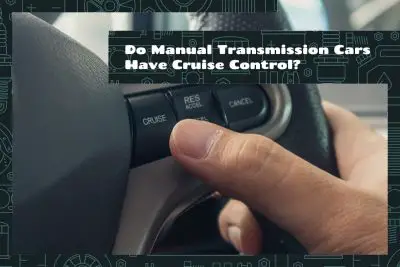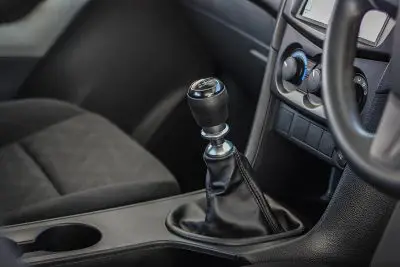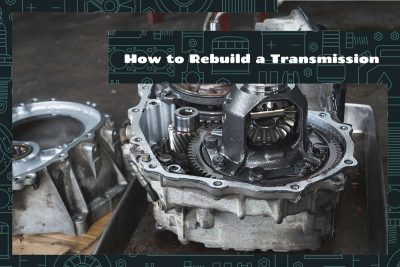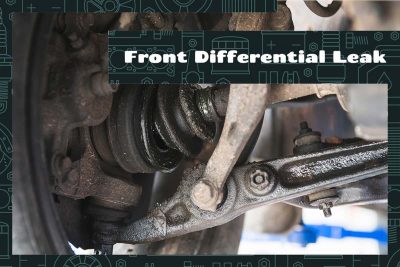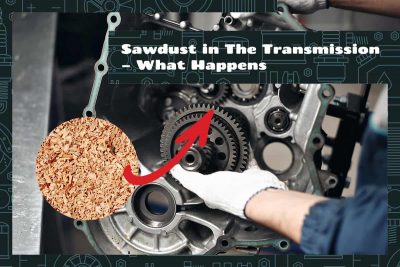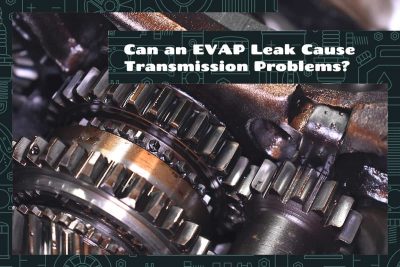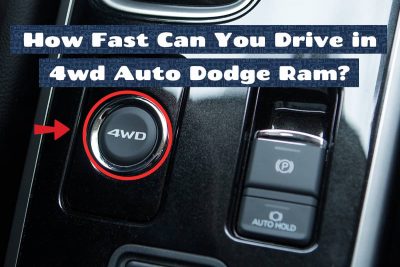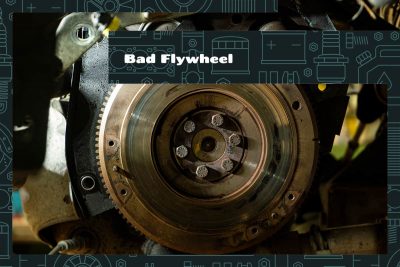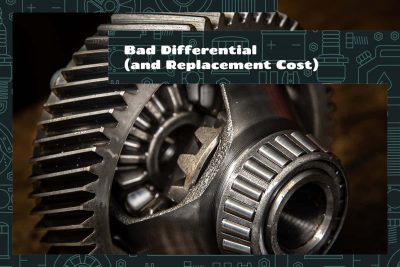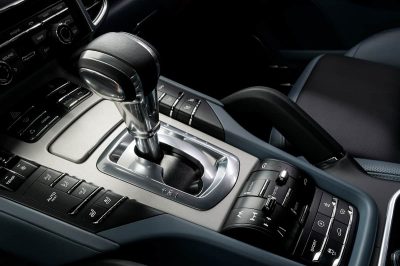Yes, manual transmission cars can have cruise control. Modern systems are designed to maintain a set speed, even in manuals. The driver sets the desired speed, and the system adjusts the throttle to maintain it. If needed, pressing the clutch or brake will disengage the system.
Yes, you can float gears in a car. It’s a method of shifting without using the clutch. However, if done incorrectly, it can cause wear on the transmission or even damage it.
The transmission is the heart of a car’s movement, converting engine power into movement on the road. Just like any heart, over time, it can wear out and require a bit of refurbishing. Many choose to rebuild their transmission instead of replacing it, as it can be cost-effective and give a vehicle a new lease on life.
Differentials often remain in the shadows of more talked-about parts like engines or brakes. However, when your vehicle starts showing signs of a front differential leak, suddenly, this underappreciated part grabs your attention. This issue is about ensuring smooth turns, proper power distribution to wheels, and maintaining overall vehicle health.
People put sawdust in the transmission primarily to quieten noisy gear shifts and mask underlying mechanical problems, especially when trying to sell a car. However, while it might offer a temporary fix, sawdust can lead to accelerated wear and eventual failure of the transmission.
Yes, EVAP leaks can indirectly lead to transmission problems. When the EVAP system malfunctions, it can increase the engine’s workload, alter driving characteristics, and even lead to overheating. This overheating may affect the transmission fluid, causing potential transmission issues.
The maximum driving speed in 4WD Auto mode is generally between 55 and 60 MPH. However, it ultimately depends on road conditions.
The symptoms of a bad flywheel can be diverse, but there are some key signs to look out for. These include difficulties or stiffness while shifting gears, unexpected gear slippage, unusual clutch vibrations, and peculiar noises, such as rattling or clunking, during gear shifts or when starting the engine.
A bad differential manifests through unusual noises during driving, vibrating sensation, handling issues, and visible fluid leaks. Repair or replacement costs can range widely, from a few hundred to $1,000 or more, depending on the make and model of your vehicle and the extent of the damage.
Whether it’s to back out from a parking space or move in the opposite direction, the reverse gear is essential. But what if your car won’t go in reverse? This situation can be troublesome and even dangerous in certain conditions, hindering your ability to drive safely and smoothly.
As a component responsible for transmitting power from the engine to the wheels, the transmission plays a critical role in your vehicle’s operation. However, the longevity of this key part can vary widely depending on a number of factors.
Manual transmission, often referred to as a “stick shift,” offers drivers a unique sense of control and engagement that is seldom found in the increasingly popular automatic vehicles. In the luxury car segment, this experience is enhanced by the powerful performance and opulent features these vehicles possess. However, as more luxury brands transition to automatic and dual-clutch transmissions, the rarity of manual luxury cars has only increased their appeal.
